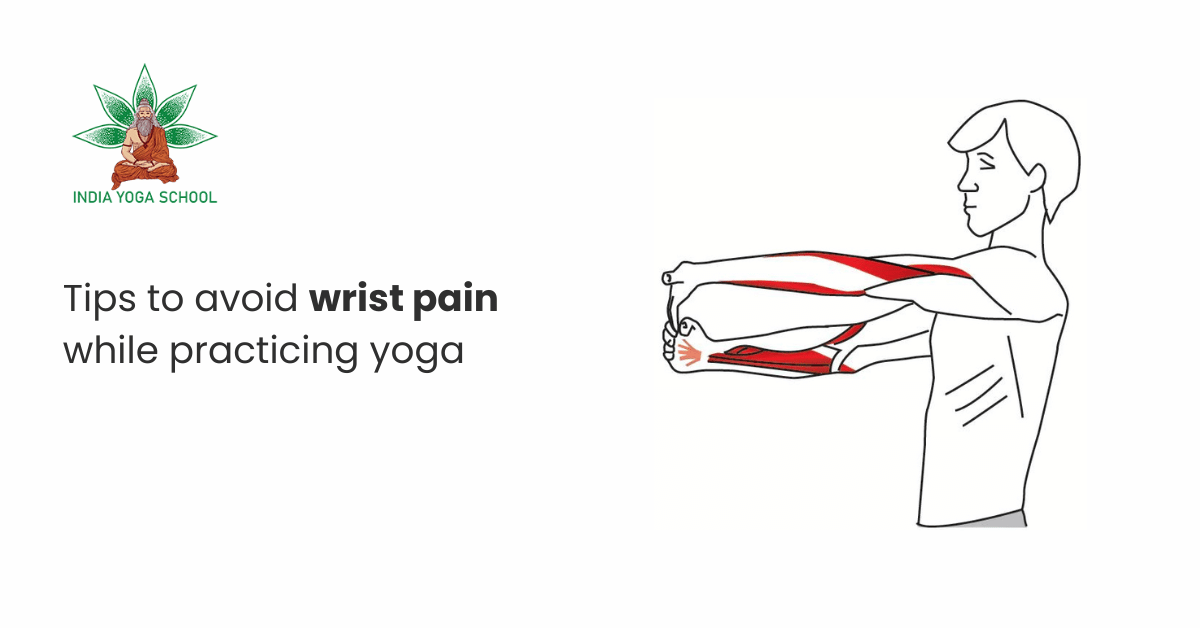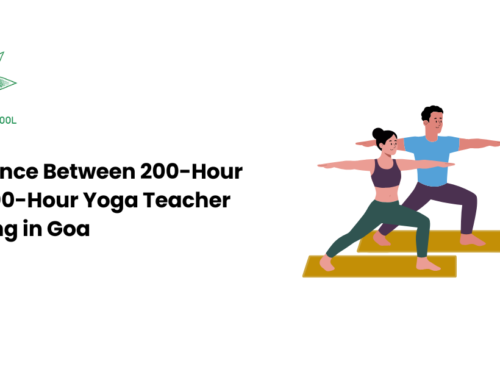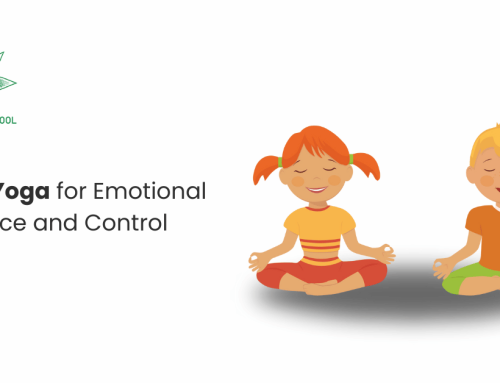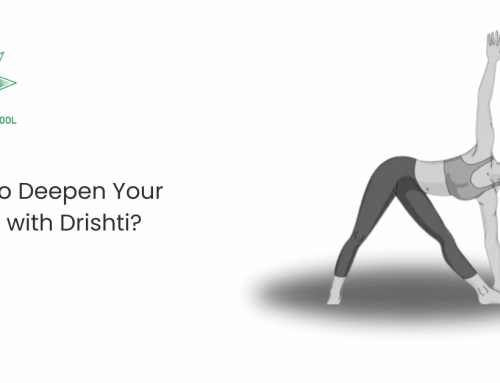Yoga is a great kind of physical fitness because it combines breathing exercises with stretching and a focus on the body as you move.
Varieties of yoga positions are taught by a number of different schools. Hatha yoga is among the most popular types of yoga. As part of the hatha yoga movement sequences, or flows, you’ll do a number of wrist-based exercises. One such stance is the downward-facing dog.
Some people may find that these wrist-loading workouts cause them discomfort. There are a few potential causes of wrist pain during body-weighted yoga poses: overtraining, an imbalance of muscles, or a previous injury. Do not be alarmed if you feel that your yoga practice is restricted due to this wrist ache.
8 Tips to prevent wrist pain while practicing yoga
Hand gestures
The wrist is able to bend, extend, abduct, and adduct since it is a ball and socket joint. Full flexion and full extension are movements that we rarely execute in our day-to-day lives. When you can’t move, your muscles and joints weaken. Therefore, wrist pain, injury, and soreness are inevitable outcomes of any exercise that requires the wrists to support the full weight of the body.
However, there are a plethora of commonplace tasks that require the use of the upper forearm, such as driving, cooking, and using a phone. Therefore, this section maintains its pliability, while the upper section is constricted and tense. Simple wrist exercises that you can do on a regular basis will help.
Also Read: Poses To Perform After Sitting All Day
Enhancing flexibility and range of motion
can strengthen and protect wrists by first testing their range of motion and then steadily working to improve it. Exercises involving complete extension and flexion are available to practitioners. As an illustration, rise to your hands and knees in a tabletop position, then place your palms on the floor beneath your shoulders.
To make the hands point inward toward the legs instead of outward, turn the palms inside. Gently shift your weight forward and backward at this point. If pain is experienced, it indicates that flexibility needs to be enhanced prior to strength training.
Gentleness is key
When practicing yoga, it’s important to use a light and aware touch. Pay close attention to the areas that are likely to sustain damage, wear and strain. If you want to avoid yoga-related wrist pain, whether you’ve been practicing for years or not, it’s important to practice slowly and mindfully in certain positions. Anyone, from seasoned practitioners to complete beginners, can inflict pain by pushing themselves too far in arm balances or Chaturangas.
We all have a tendency to push the pain to the side at first. However, even a slight ache or pain is your body’s way of alerting you to pay attention. Instead of letting yourself get upset or frustrated by the pain, use it as a chance to discover what your body is capable of and what it can’t. Maybe your posture could use some adjustment. Is it possible that you might benefit from using props? Before you try the crow pose or handstand, maybe you should work on strengthening your wrists. Yoga asanas that put extra pressure on the wrists are not recommended for people with arthritis or Carpal Tunnel Syndrome.
Also Read: The Complete Guide To Jathara Parivartanasana
Keep an open mind to different approaches
We already established that there are a plethora of poses that, with little tweaking, can yield the same benefits. The downward-facing dog is a great starting yoga pose that you can do with the help of a chair. Stand at a comfortable distance from the chair, making sure it faces you.
At this stage, put your palms facing up with your fingers resting on the chair’s back. Change where your hands are resting; ideally, they should be at hip or thigh level. Step away from the chair and walk backwards, keeping your arms and torso parallel to the floor. As you extend your spine, press down on the base of your finger.
Doing so will alleviate some of the strain on the wrists. Make sure to keep your abs pulled in and your thighs engaged. The forearm plank, in which you place your weight on your forearms rather than your wrists, is another variation on the plank pose. Crow and Handstand Poses are arm balances that benefit from the use of a wall, yoga wheel, or blocks. Keep your mind and body fully engaged because these are advanced positions. Also, to stay safe, it’s best to practice with an instructor.
Relieving stress
We tend to apply pressure to the incorrect places because we have a propensity for tensing up certain portions of our wrists. Instead of spreading the pressure evenly, people often favor the balls of their hands. Inattention, frailty, imbalance, and misalignment are major contributors to this.
Once again, this highlights the significance of being mindful, warming up, and exercising strength and mobility. Carefully distribute your weight between your palms. To alleviate stress and stiffness, consider performing wrist exercises such as rotating the wrists, flexing the palms up and down, etc.
Strengthen Wrists
To avoid wrist pain, it is helpful to stretch and strengthen the arms and shoulders in addition to focusing on the wrists. Strengthen your wrists and forearms by aggressively flexing them as you make a fist with your palms. To counteract this, curl softly upwards while maintaining the palm down in a fist; this strengthens the upper forearm. You can reduce stress and build strength and flexibility with these easy workouts.
Also Read: Easy Kids Yoga for Emotional Balance and Control
Let Your Yoga Teacher Know
Teachers of yoga also learn about the importance of flexibility and strength training, the human body and its structures, the mechanics of specific asanas, and much more during their training. Your yoga instructor will be better able to assist you if you let them know about any injuries you may have, as well as any pain or discomfort you may be experiencing right now.
Should You See A Doctor?
See a doctor immediately if you experience any kind of persistent pain; it could be an indication of an injury to your wrist, shoulder, or both.
Conclusion
Yoga asanas that require you to balance on your hands or your weight will become easier to accomplish as you develop your practice. Wrist, arm, and shoulder strengthening and mobility exercises should be continued even after the likelihood of pain and soreness decreases. This will help counteract the impacts of regular motions while keeping the arms strong and balanced.







Leave A Comment